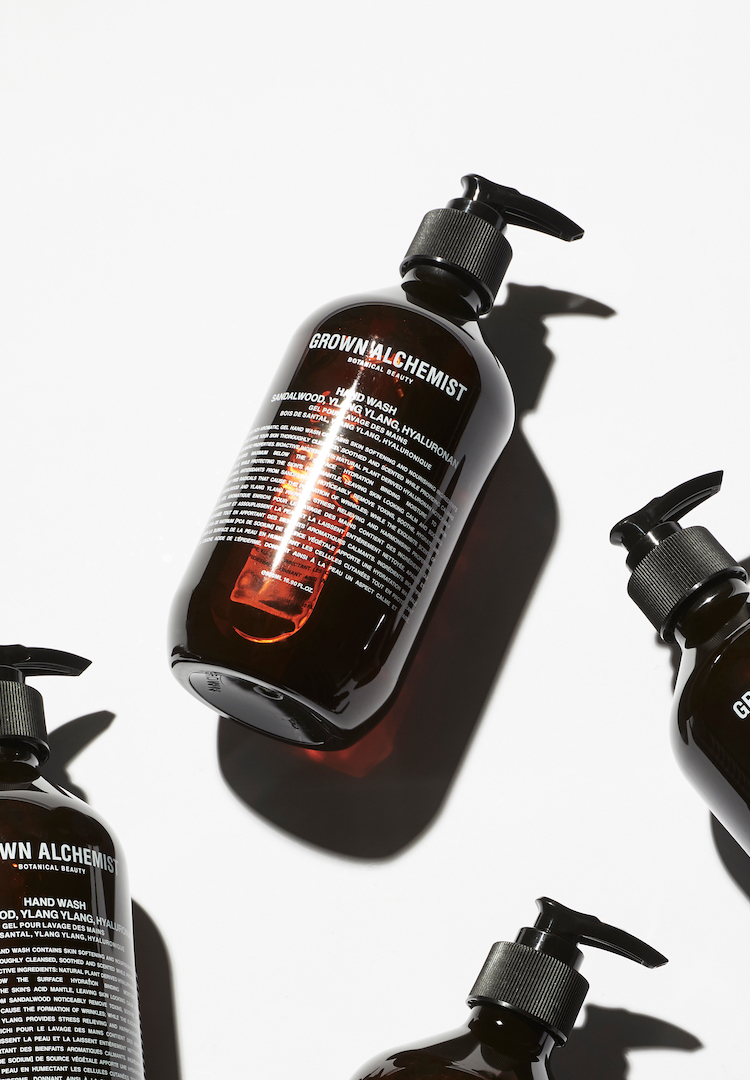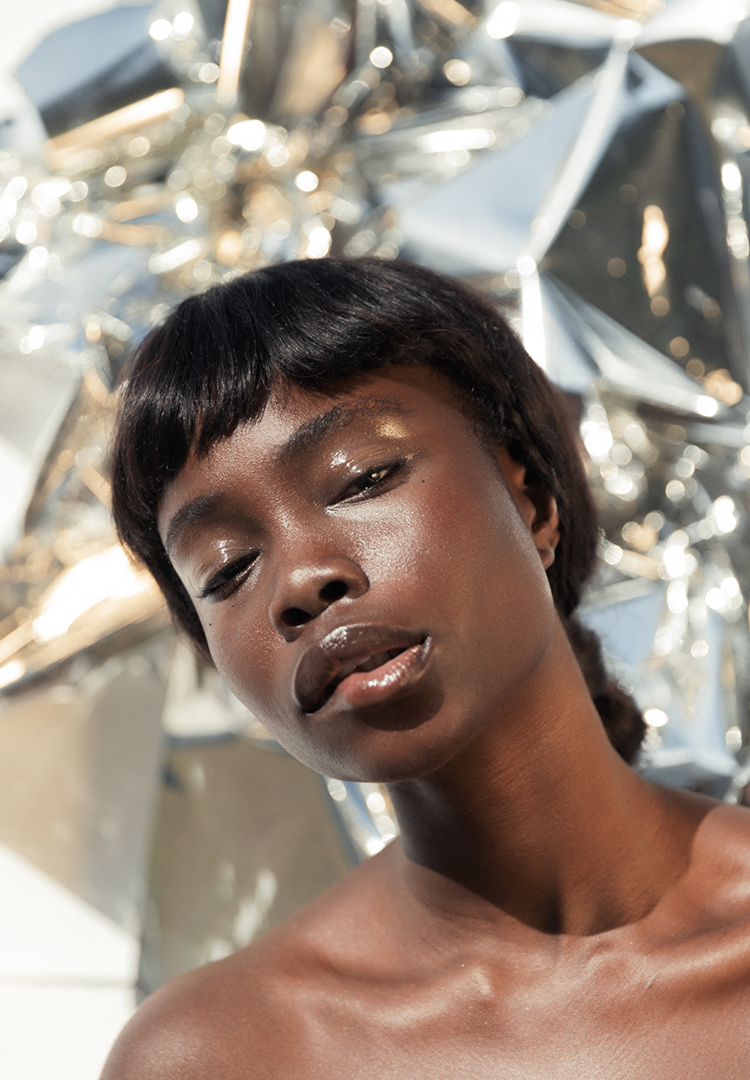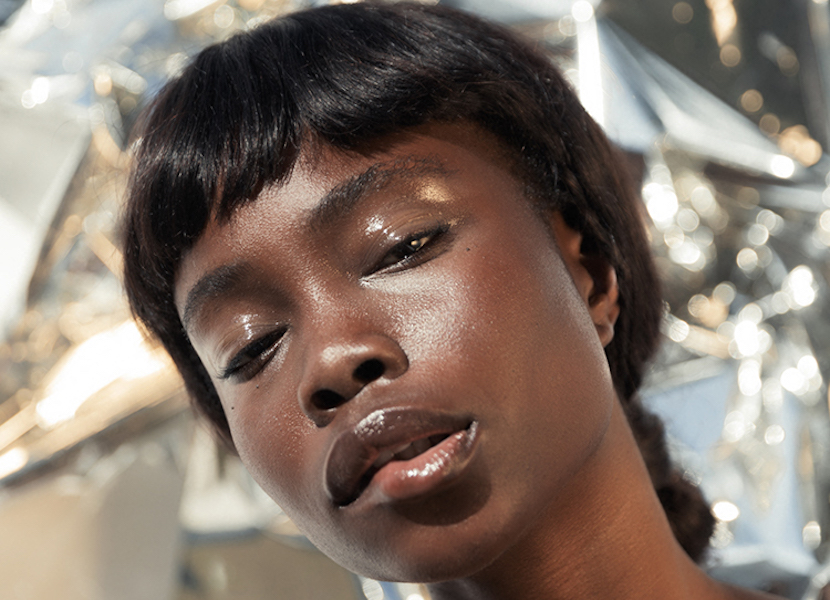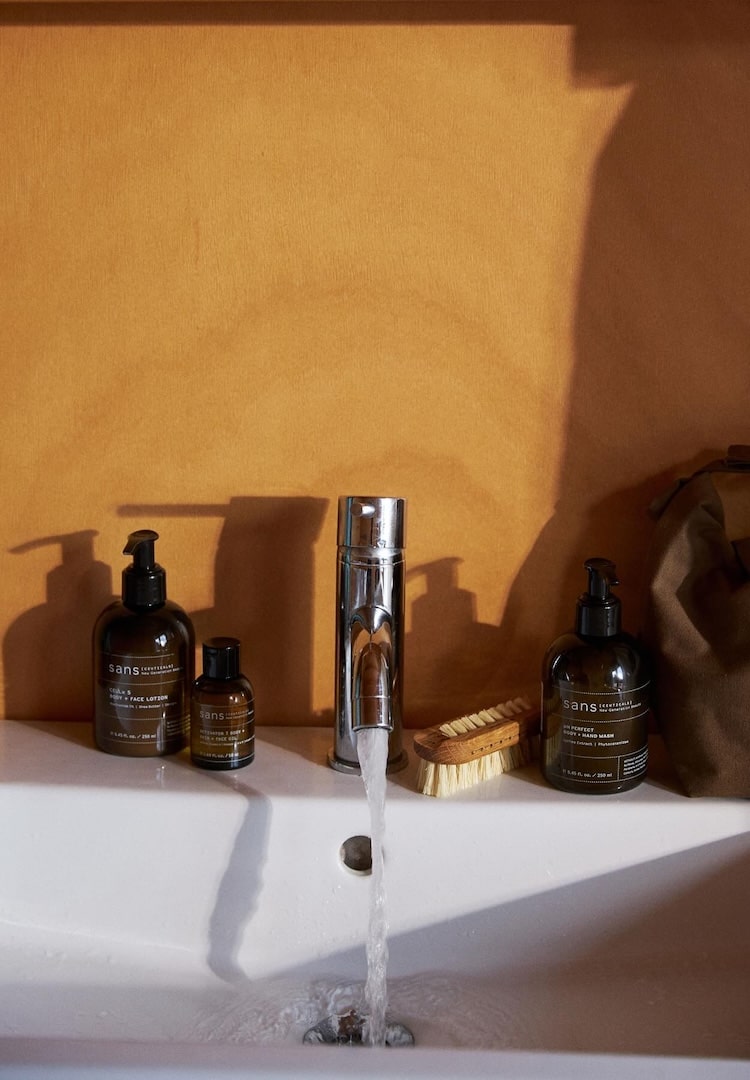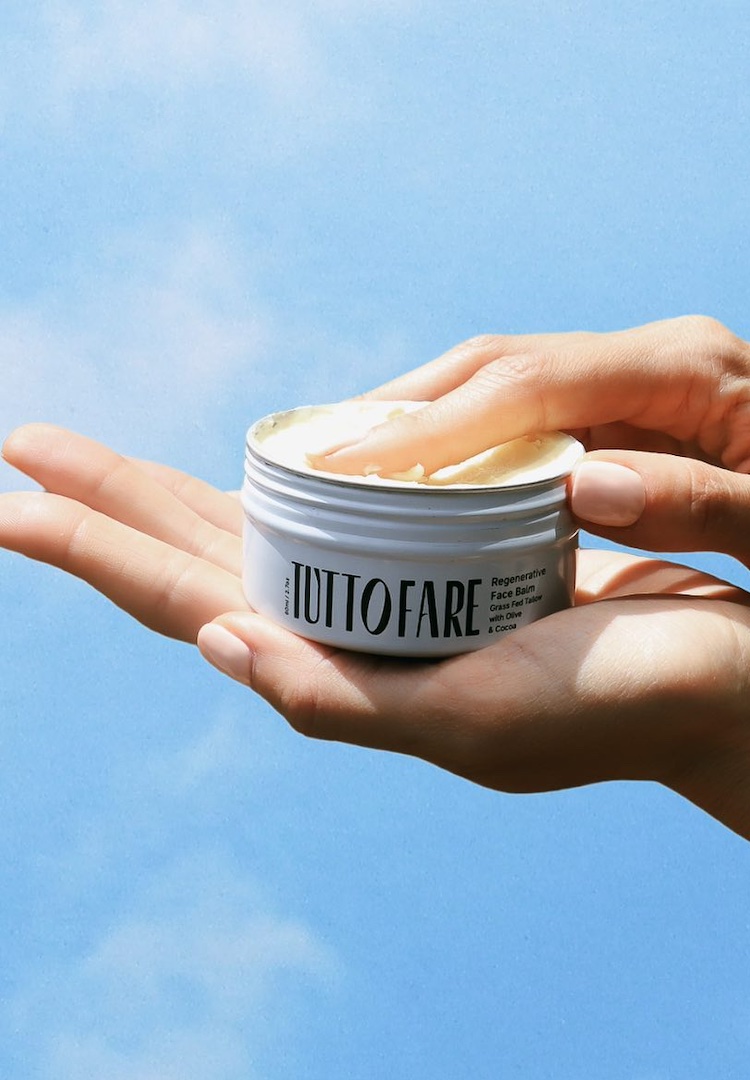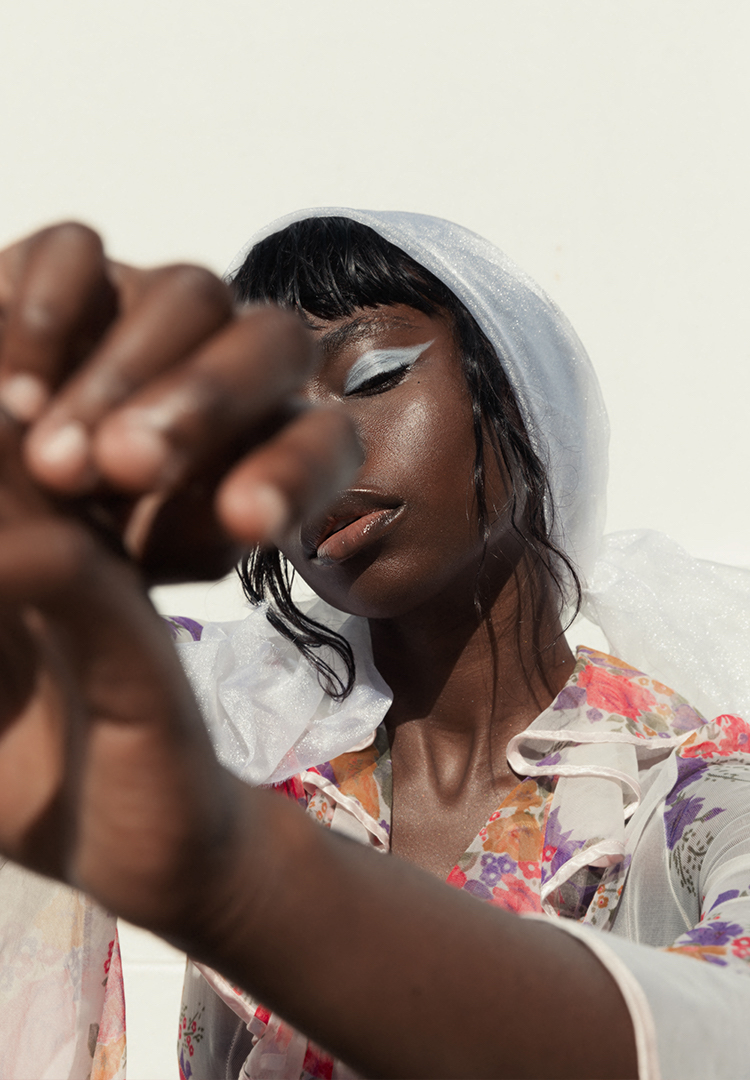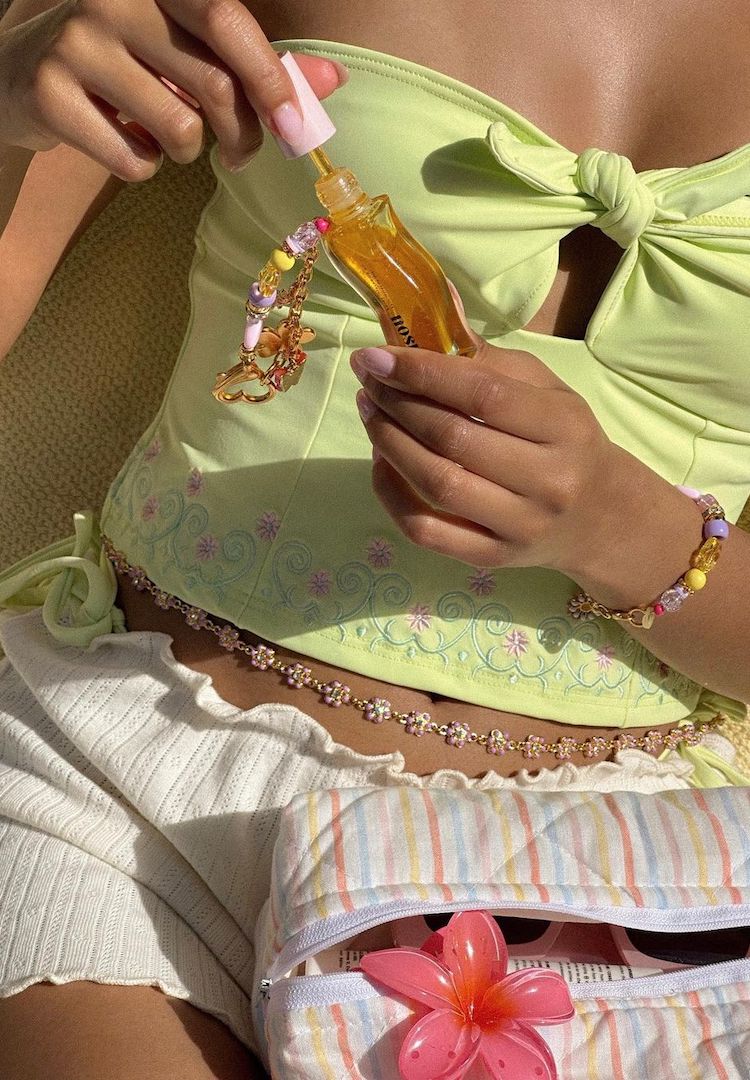Why you should avoid these four skincare and beauty ingredients
PHOTOGRAPHY BY GRACE ELIZABETH
WORDS BY MAGGIE ZHOU
Become an ingredients list expert.
With skin-first beauty being popularised and people dropping over $600 on one moisturiser, it’s worth taking a beat to actually consider what you’re putting onto your skin.
We chatted to clean beauty aficionado and the Natural Beauty Expert for Burt’s Bees Australia, Belinda Hughes about the basic dos and don’ts of skincare.
“To absolutely simplify things, the most toxic ingredients in beauty products are phthalates, parabens, petrolatum and sodium lauryl sulfate (SLS). If you see these on the label of a skincare product you’ve just bought, you might want to keep it away from your skin,” says Belinda.
So, let’s break them down. If you’re anything like me, your science education ended in Year 10 and frankly, the only thing you can remember is that the mitochondria are the powerhouses of the cell (whatever that means).
Phthalates
Phthalates (pronounced tha-lates) are a group of chemicals which act as binding agents and also make plastic more flexible. According to the US Food and Drink Association, phthalates have been used in products such as nail polish, hair spray and fragrances. They are also found in household cleaners, food packaging, toys and personal hygiene products.
In the last decade, researchers have linked phthalates to a spectrum of health complications such as asthma, attention-deficit hyperactivity disorder, breast cancer, obesity and type II diabetes, low IQ, neurodevelopmental issues, behavioural issues, autism spectrum disorders, altered reproductive development and male fertility issues.
Parabens
Parabens are used as a preservative in many health and beauty products to prevent mould and bacteria from growing. Listed under common names like methylparaben, ethylparaben, propylparaben, butylparaben and isobutylparaben (anything ending in paraben), parabens are believed to disrupt hormone function.
It can penetrate the skin and act like a weak form of estrogen in the body, and too much estrogen can cause breast cell division and tumor growth, potentially linking parabens with an increased risk of breast cancer and reproductive toxicity.
Petrolatum
Petrolatum is polarising in the skincare community. Also known as petroleum jelly, paraffin oil and mineral oil, it’s commonly used to help aid the healing of burns, cuts and dry skin.
While many dermatologists agree that petrolatum is safe for the skin, the problem occurs when the petrolatum is unrefined. While refined petrolatum will be listed as white petrolatum, unrefined petrolatum may be contaminated with polycyclic aromatic hydrocarbons, or PAHs, many of which contain toxic, mutagenic and/or carcinogenic properties.
Sodium Lauryl Sulfate (SLS)
Sodium Lauryl Sulfate can be found in products such as cosmetics, shampoos, shower gels, cleansers, cleaning products and toothpaste. It’s what makes them bubble and foam.
While there is no scientific evidence that it causes cancer, studies have found that SLS can penetrate and irritate skin. Sensitivity to SLS can lead to red, dry, scaly, itchy or sore skin. For people with sensitive skin or who suffer from skin conditions like eczema, rosacea and psoriasis, it’s best to avoid products containing SLS.
Belinda says it’s important to steer clear of these ingredients because “your skin relies on a balance of water, natural oils and ceramides to function, and synthetic materials do a fantastic job of hindering your skin’s ability to absorb the right vitamins and minerals.”
“Issues like dry, flaky skin or clogged pores are often the results of imbalances of natural oils in the skin. If it’s not a natural product, then you might find chemically-derived emulsifiers creating an oily film on your skin that does more harm than good.”
What should we be looking for?
“Products that use natural butters and oils are fantastic because it’s easier for the skin to recognise and absorb. Many cosmetic businesses are learning to make the most of the vibrant natural resources we have on hand in Australia. In the last 12 months, native Australian actives like the Kakadu plum (which is naturally high in vitamins A and C) have been stealing the spotlight,” Belinda says.
“Your skin is the largest organ on your body. Whatever your skin absorbs, chances are you’re absorbing as well. Using natural products doesn’t have to be fancy – just having lipids in a natural formula is enough for the body to do its job.”
Our clean skincare and beauty brand recommendations
Skincare
Beauty

